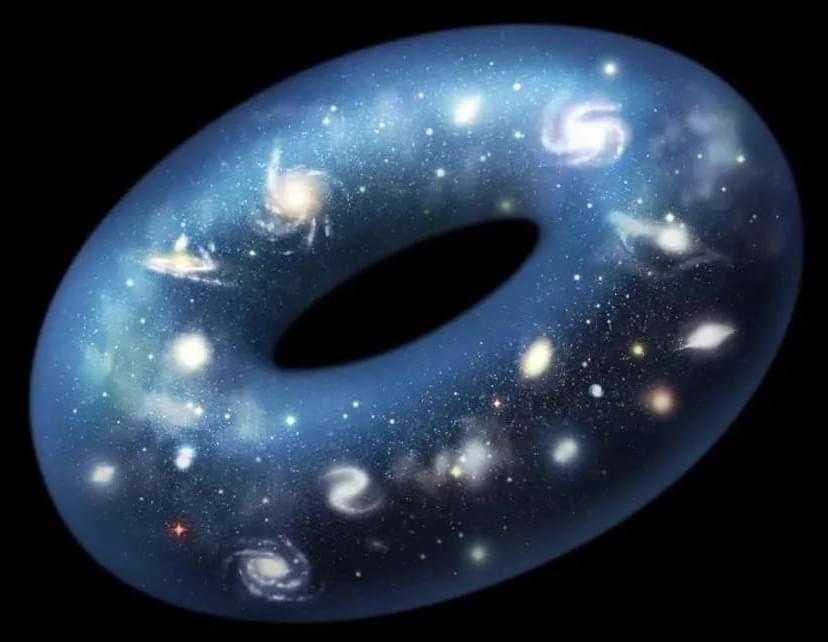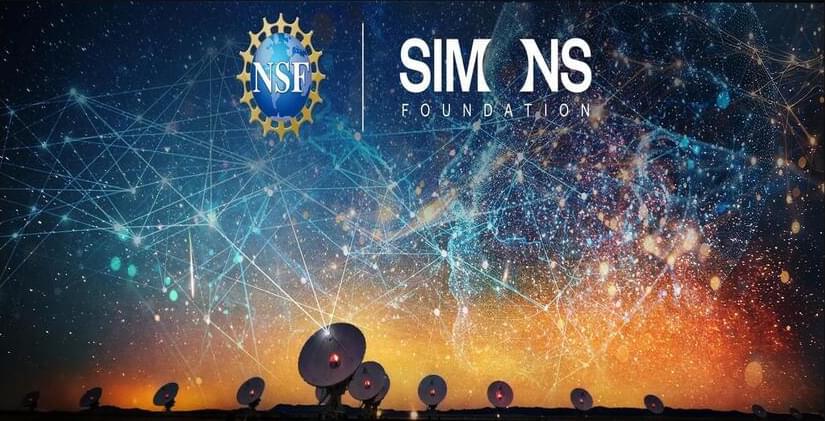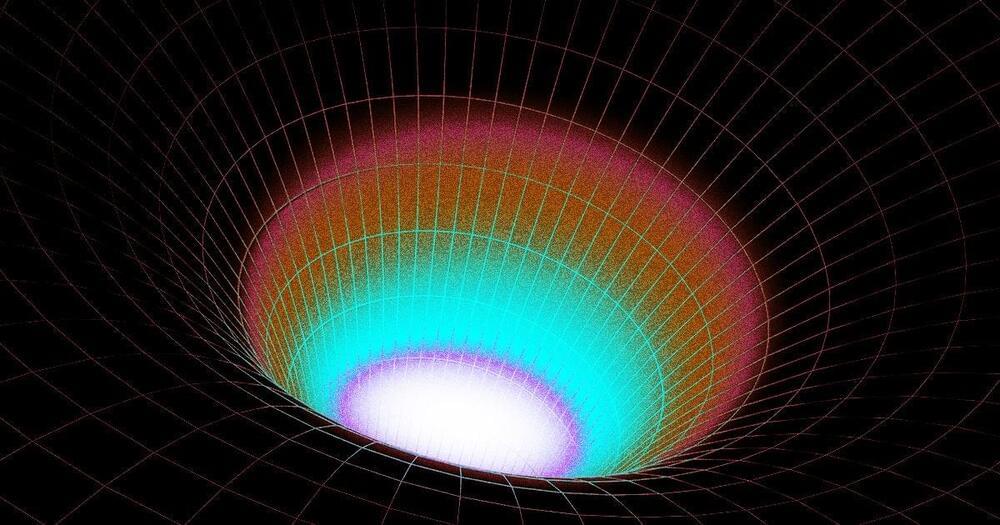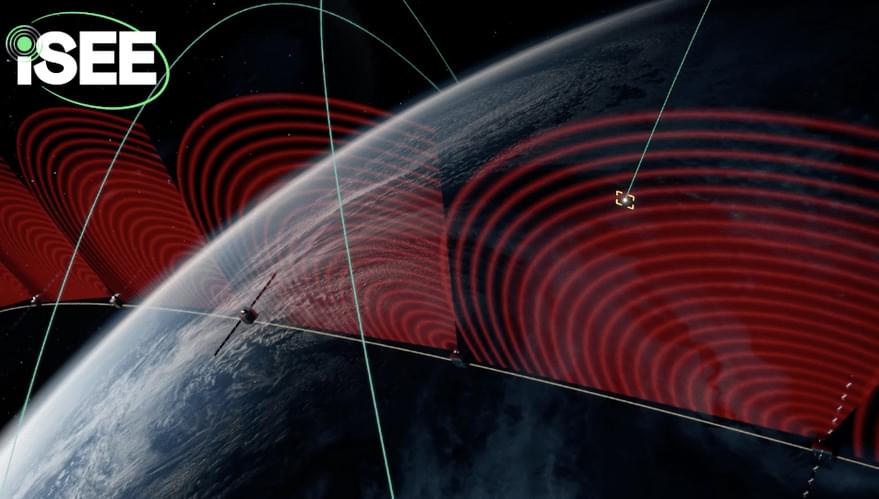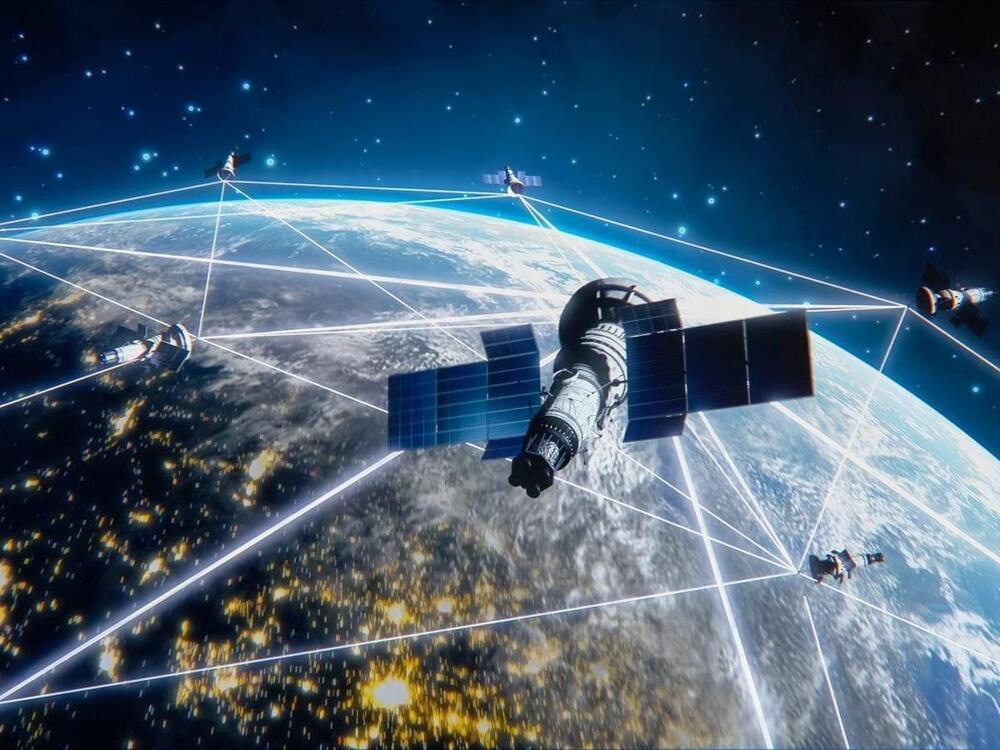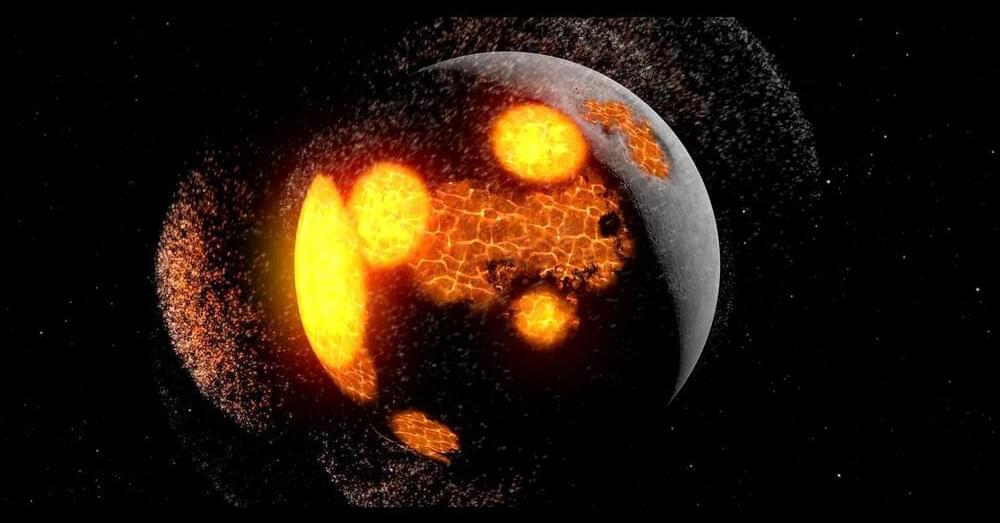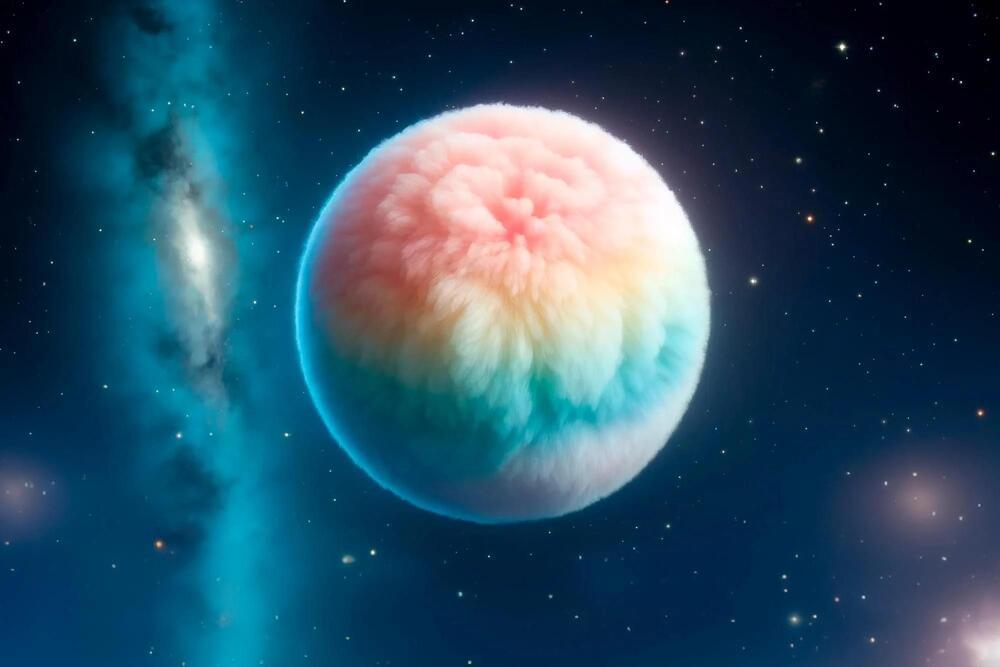Today, only about 6% of the observable Universe is reachable due to cosmic expansion.
The Universe is a vast, wondrous, and strange place. From our perspective within it, we can see out for some 46 billion light-years in all directions. Everywhere we look, we see a Universe filled with stars and galaxies, but are they all unique? Is it possible, perhaps, that if you look far enough in one direction and see a galaxy, that you’d also see that same galaxy, from a different perspective, in the opposite direction? Could the Universe actually loop back on itself? And if you traveled far enough in a straight line, would you eventually return to your starting point, just as if you traveled in any one direction for long enough on the surface of the Earth? Or would something stop you?
